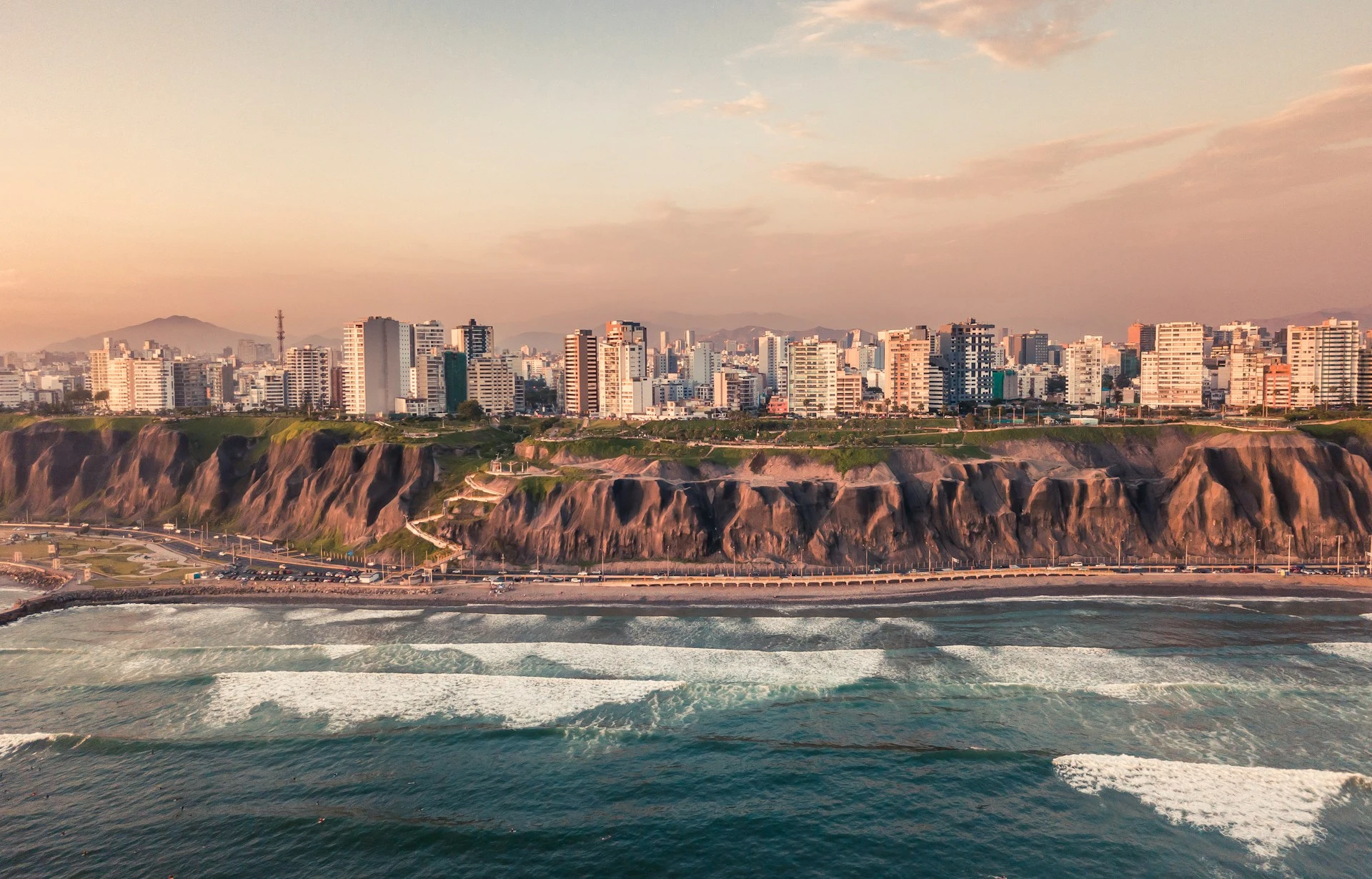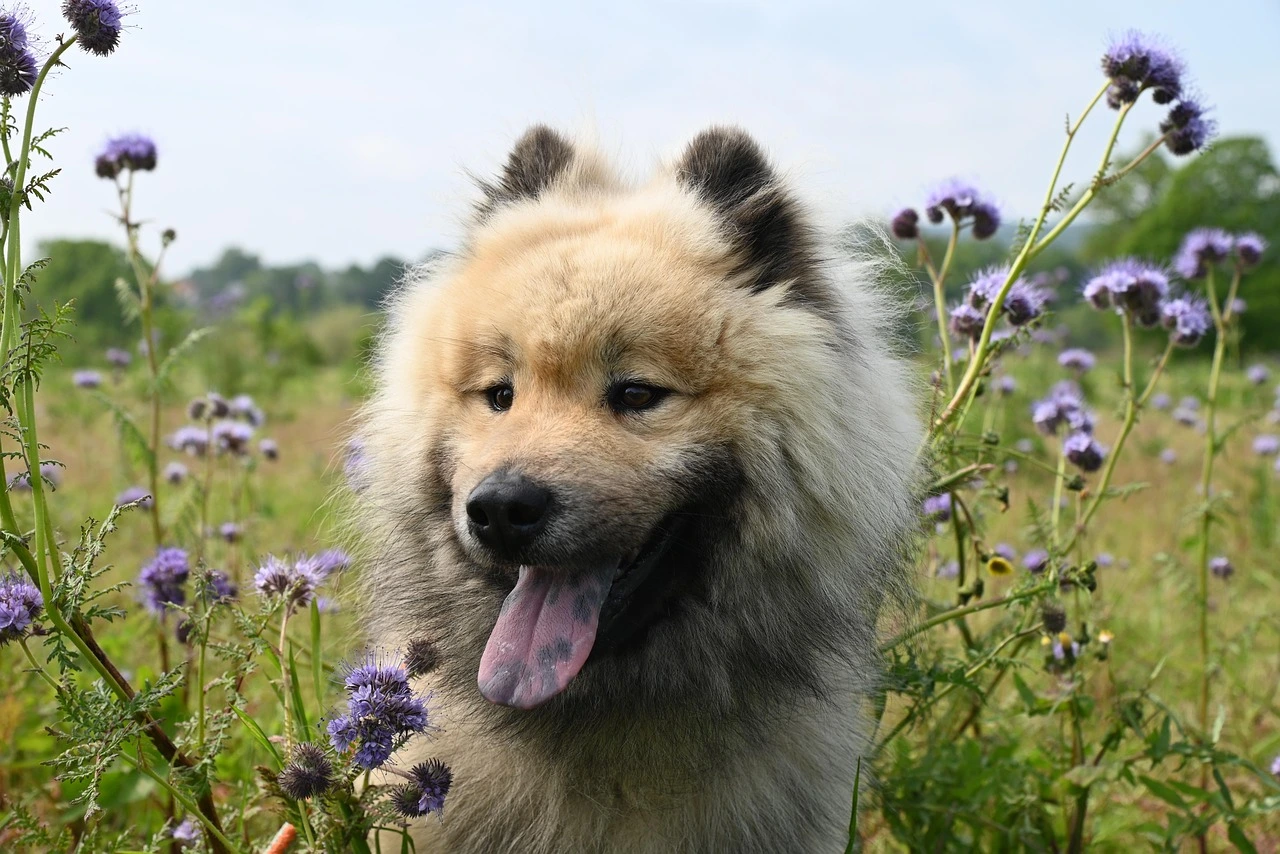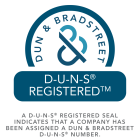Written by Jaden Parker
Before we dive into this series, it is important to know that using the term “Asian American” is a poor way to lump all people of Asian descent. Because whether you were aware of it or not, Asia is the largest continent in the world! To properly celebrate and understand what it means to be an Asian American and/or Pacific Islander, I have put together some tables for places to see and be in honor of AAPI Heritage this month!
Destinations (in alphabetical order)
|
Alaska |
|
|
Where |
Why |
| Stedman-Thomas Historic District in Ketchikan | One of the earliest neighborhoods in Ketchikan, this district was home to Japanese, Chinese, and Filipino fishermen and women as far back as the early 1900s. A lot of the businesses of the nieghborhood were also owned and operated by Asian families. |
|
Arizona |
|
| Where |
Why |
| Poston Elementary School, Unit 1, Colorado River Relocation Center in Parker | This relocation center was the only one to have a separate school and be located within an American Indian reservation. After Roosevelt signed Executive Order 9066 in 1942, Japanese Americans and those of Japanese descent were mandatorily forced out of their homes and into internment camps like this one in Arizona. |
|
Arkansas |
|
| Where |
Why |
| Rohwer Relocation Center Memorial Cemetery in Desha County | In the United States, Rohwer Cemetery is one of three Japanese American internment site cemeteries. Those incarcerated at Rohwer built and designed the cemetery and included a monument to honor Japanese American soldiers who died fighting in WWII. A lot of families were separated due to overcrowding. Some Japanese Americans from this camp left their families behind and enlisted to fight with the 100th Infantry Battalion who became one of the most highly decorated and respected units in the United States Army. The motifs of the American eagle throughout the site are symbolic of the Japanese Americans’ patriotism. |
|
California |
|
| Where |
Why |
| Hakone Historic District in Saratoga | Hakone has the oldest Japanese-style country villa in the Western Hemisphere. Isabel Stine went to Japan in 1916 and upon her return built the villa on their property to resemble the temple gardens and estates she’d seen with the help of Tsunematsu Shintani, an architect from Wakayama. The gardens were improved in 1932 by the new owner’s Japanese-trained landscape gardener James Sasaki. |
| Angel Island in San Francisco Bay | Nicknamed the “Ellis Island of the West,” this U.S. Immigration Station in Angel Island State Park processed the entry of roughly 175,000 Chinese and 60,000 Japanese immigrants from 1910 to 1940. On the walls of some detention holding cells are inscriptions of Chinese poems. Visitors to the museum can see the proof that these immigrants went to great lengths under terrible conditions in order to become citizens of the United States. |
| The Forty Acres in Delano | The Forty Acres was the headquarters for the first permanent agricultural labor union in the U.S. Due to a majority of its members being Filipino, it has landed a spot on this list of must-visits. The strikers wanted to be paid minimum wage, which was $1.25/hour! This committee, called the Agricultural Workers Organizing Committee, had to join forces with the National Farm Workers Association—which was predominately Hispanic—to support them against the violence they faced at the hands of the strike breakers and sheriff’s department. These two groups came together to eventually form the United Farmworkers Union in 1972. Their significant win against the California grape industry helped change how the Filipinos were treated in the United States, especially since they were not allowed to vote or own land. |
|
Colorado |
|
| Where |
Why |
| Granada Relocation Center in Granada | Known as Camp Amache, the Granada Relocation Center was one of ten in the United States built during WWII to intern Japanese Americans and people of Japanese descent. At its highest capacity, the camp had over 7,300 people in it, two-thirds of whom were United States citizens. Today, it is the site to celebrate the lives of those who were there. |
|
Federated States of Micronesia |
|
| Where |
Why |
| Nan Madol Ruins on Pohnpei Island | This city was a fortress, a religious center, and an urban marketplace among other things throughout its 500-year existence for native Pohnpeians. Nan Madol was built in 1200 by the foreign Saudeleur tribe who made themselves rulers of the Pohnpeian people. A majority of those residing on the island at its peak were peasantry serving the nobility. It’s the only ancient city built on top of a coral reef. |
|
Hawaii |
|
| Where |
Why |
| Huilua Fishpond on the Island of Oahu | Located in Kahana Bay, Huilua is one of six fishponds out of the roughly 97 still in existence on the coast of Oahu. It is one of few examples showing how Hawaiians adapted in aquafarming practices to transition from tide-dependent fish trapping to controlled artificial fishponds. |
| Pi’ilanihale Heiau on the Island of Maui | This heiau, or place of worship, is the biggest one on the Island of Maui and in Polynesia. It is also one of the most well-preserved in all of Hawaii. |
|
Oregon |
|
| Where |
Why |
| Kam Wah Chung Company Building in John Day | Lung On and Ing Hay purchased this former trading post in 1887. It became a social place for the Chinese community in Oregon. It still has artifacts and collections from the late 19th century. The herbalist shop in front of the building can still be visited. People as far as Nevada and Oklahoma would come see Ing Hay to receive diagnoses from him at his apothecary. Lung On, when he wasn’t managing the store and Ing Hay’s medical practice, did a lot of translation for the Chinese community because he was fluent in English. |
|
Pennsylvania |
|
| Where |
Why |
| George Nakashima Woodworker Complex in New Hope | This is the home of George Nakashima, a furniture designer and architect born to Japanese immigrants in Spokane, Washington in 1905. During WWII, he and his American wife Marion with their infant daughter Mira were “relocated” to the Minidoka Center in Idaho. The former dean of his alma mater, MIT, contacted Antonin Raymond, asking for the Nakashimas’ release. They were only allowed to relocate to the Raymonds’ home in Pennsylvania because George was going to do agricultural farm work for the Raymonds. He was encouraged, however, to continue designing furniture in secret in the evenings. |
|
Utah |
|
| Where |
Why |
| Central Utah Relocation Center in Delta | Also called Topaz, this center was similar to the others we’ve already mentioned. However, there were organized protests at this camp because of misuse of firearms by the military guard. The first instance was the shooting death of James Hatsuki Wakasa. He was 63 years old and was killed for walking too close to the fence. It isn’t clear whether he didn’t understand the commands or just couldn’t hear, but it was the first of two major moments for Topaz. The second one when a guard fired at a couple who were walking too close to the fence. This eventually sparked a discussion about the security measures at the center, resulting in the military’s restricted use of weapons. |
|
Washington |
|
| Where |
Why |
| Wing Luke Museum in Seattle | This museum is the only community-based museum exclusively dedicated to the history of pan-Asian Pacific Americans in the entire country. The building it is located in was actually built by Chinese immigrants in 1910. Wing Luke was born in China and came to America when he was five. He was the first Asian American in the Pacific Northwest to hold an elected position in office, being a member of Seattle’s City Council in 1962. He received a Bronze Star from his service during WWII and was a huge factor in creating equal housing for those in Seattle. |
| The Panama Hotel in Seattle | In 1910, the Panama Hotel was designed and built by the first Japanese American architect licensed to practice in Seattle, Sabro Ozasa. The order of the five-story building floors was the sento in the basement, stores on the ground floor, a mezzanine on the first floor, and guest rooms on the top three floors. A sento, or public bathhouse, is a traditional practice from Japan and is over 1,200 years old. This sento, called the Hashidate Yu, is one of two still intact in the entire country. (The other one, the Miyazaki Bathhouse, is in Walnut Grove of California.) During WWII when the Japanese and those of Japanese descent were forcibly relocated to internment camps, the hotel basement was used to store their possessions. Today, the Panama Hotel is a functioning Bed & Breakfast with an Asian Tea and Coffee House! |
|
Wyoming |
|
| Where |
Why |
| Heart Mountain Relocation Center in Park County | One of the ten relocation camps in the United States for Japanese Americans during WWII, this center was also the site for the largest movement of draft resistance. On January 20, 1944, Roosevelt reinstated the draft for Japanese Americans. The men residing at Heart Mountain protested, calling the act unconstitutional and unfair because they’d been imprisoned during the war. They created the Fair Play Committee, advocating that their civil rights be reinstated before being drafted. Leaders of this movement received three-to-four-year sentences in maximum-security in Leavenworth. The others were ironically returned to the military zone they’d been taken from to serve their sentences at McNeil Island in Washington. |
Celebrations
- Asian Art Museum in San Francisco, CA
- Virtual Museum Tours
- Creative Currents: Celebrating AAPI Art and Collaboration at the museum on Sunday, May 19, 2024 starting at 10 a.m. (Reserve tickets here)
- Smithsonian Institution in Washington, D.C.
|
What |
When | Where |
Get Tickets/Register |
| Viewing of Hirokazu Kore-eda’s After Life | Wednesday, May 8, 2024 at 2-4 p.m. EDT | Meyer Auditorium in the Freer Gallery of Art | Free event with recommended registration |
| Virtual Tour of Art Across Asian Cultures | Thursday, May 9, 2024 at 1-2 p.m. EDT | Online Zoom event | Zoom registration link |
| IlluminAsia Festival: Asia After Dark | Friday, May 10, 2024 at 5-9 p.m. EDT | Freer Gallery of Art | Free event with recommended registration |
| IlluminAsia Festival: Care Fair and Vendor Market | Saturday, May 11, 2024 at 12-6:30 p.m. EDT | National Museum of Asian Art in Arthur M. Sackler Gallery and Freer Gallery of Art | Free event with recommended registration |
| IlluminAsia Festival: An Evening with Madame Gandhi | Saturday, May 11, 2024 at 6:30-9 p.m. EDT | Freer Plaza at the Freer Gallery of Art | Free event with recommended registration |
| IlluminAsia Festival: Mother’s Day @ NMAA | Sunday, May 12, 2024 at 12-3 p.m. EDT | National Museum of Asian Art in Arthur M. Sackler Gallery and Freer Gallery of Art | Free event with recommended registration |
| Virtual Tour of Art Across Asian Cultures | Tuesday, May 14, 2024 at 1-2 p.m. EDT | Online Zoom event | Zoom registration link |
| Virtual Tour of Art Across Asian Cultures | Thursday, May 16, 2024 at 1-2 p.m. EDT | Online Zoom event | Zoom registration link |
| NMAA x CFCH Artisan in Residence Talk: Calligraphy with Bertrand Mao | Friday, May 17, 2024 at 12-1 p.m. EDT | Gallery 27 in the Arthur M. Sackler Gallery | Free event with recommended registration |
| Viewing of Hong Sangsoo’s Right Now, Wrong Then | Friday, May 17, 2024 at 7-9:10 p.m. EDT | Meyer Auditorium in the Freer Gallery of Art | Free event with recommended registration |
| NY: Aloha Days Family Festival | Saturday, May 18, 2024 at 11-5 p.m. EDT | Levels 1 and 2 of the American Indian Museum NY | Free festival |
0
0
votes
Article Rating









